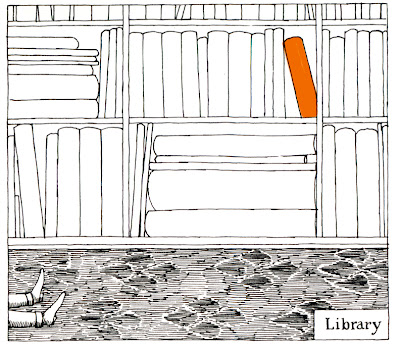 Wherein,
Wherein,
I transcribe verbatim Google searches that have led people to this blog,
as found on our sitemeter:
Andy Warhol peach slicesmorgue slabsentimental christmas card phrases
naked negresses
impalement eyewitnessrowdy Roman youthsprinters apronsempty Times Squarehow a book impressed mestreet scenes gossamerwhat is olfactory
pictures of inbred people
Every now and then I find people have used Google like some kind of oracle.
My favorite example thus far: "what did Karl Blossfeldt do as a child"
• • • • || • • • • || • • • • || • • • •
Poetics of
The Beaufort Wind Scale (an empirical measure for describing wind velocity, developed in 1805
by Sir Francis Beaufort)
with a nod to Matthew Weingarden
nb: there are many variations in the force descriptions;
I am taking these from several different sources
Sea like a mirror.
Small wavelets, crests glassy,
no breaking
Wind felt on face, leaves rustle
Flags extended
Small waves becoming longer, frequent white horses.
Dust, leaves, and loose paper
lifted,
Small trees in leaf begin to sway
whistling in telegraph wires, umbrellas are difficult to control.
Wave crests topple,
tumble
and roll over.
chimney pots and slates removed. Surface generally white.
Widespread damage.
Widespread damage.
• • • • || • • • • || • • • • || • • • •
A tantalizing
roster of "psychometrics"available on the
Educational Testing Service web site.
Unfortunately these are accessible only with payment.
Achenbach Lewis Symptom Checklist
Alienation Scale
Awareness of Consequences Scale
Barratt Impulsiveness Scale
Daydreaming Inventory for Married Women
Fetler Self Rating Test
Illinois Index of Self Derogation (Form 3)
Kit of Selected Distraction Tests
Lemire Androgyny Scale
Moral Orientation Device
Rydell-Rosen Ambiguity Tolerance Scale
Self Actualizing Tendencies Test
Style of Mind Inventory Trait Value and Belief Patterns in Greek Roman
and Hebrew Perspectives
Ways of Looking at People Scale
image: kiddie ride, Brooklyn, 2005
 Instead of ushering in 2008 with a peevish list of "things I can do without", I'll leave 2007 with a couple of musical finds:
Instead of ushering in 2008 with a peevish list of "things I can do without", I'll leave 2007 with a couple of musical finds:





















































